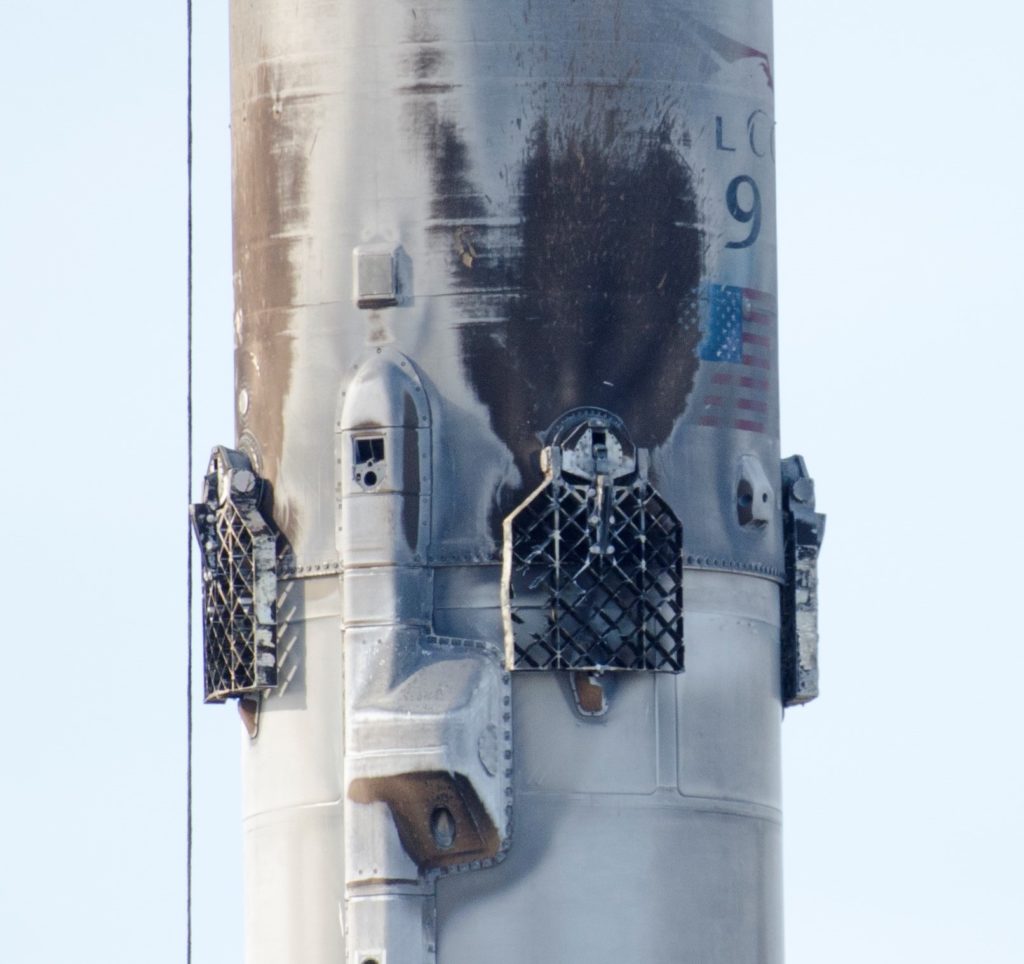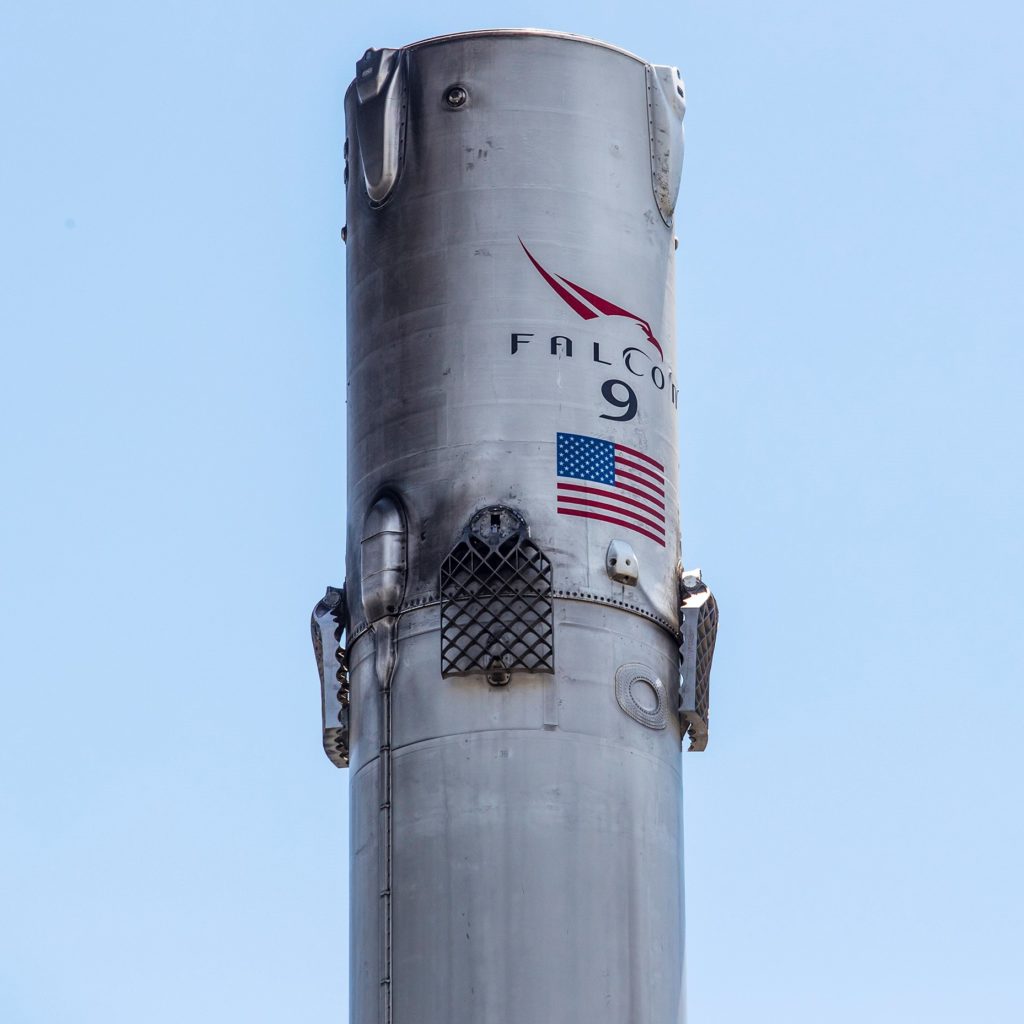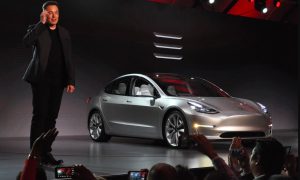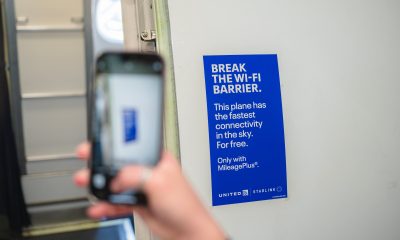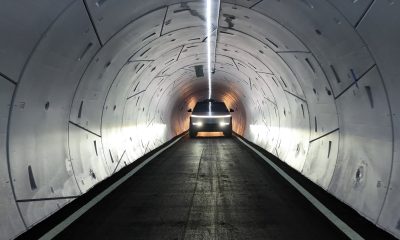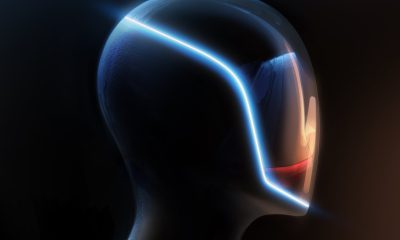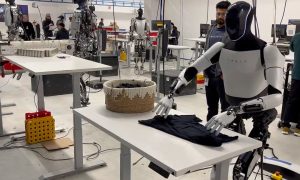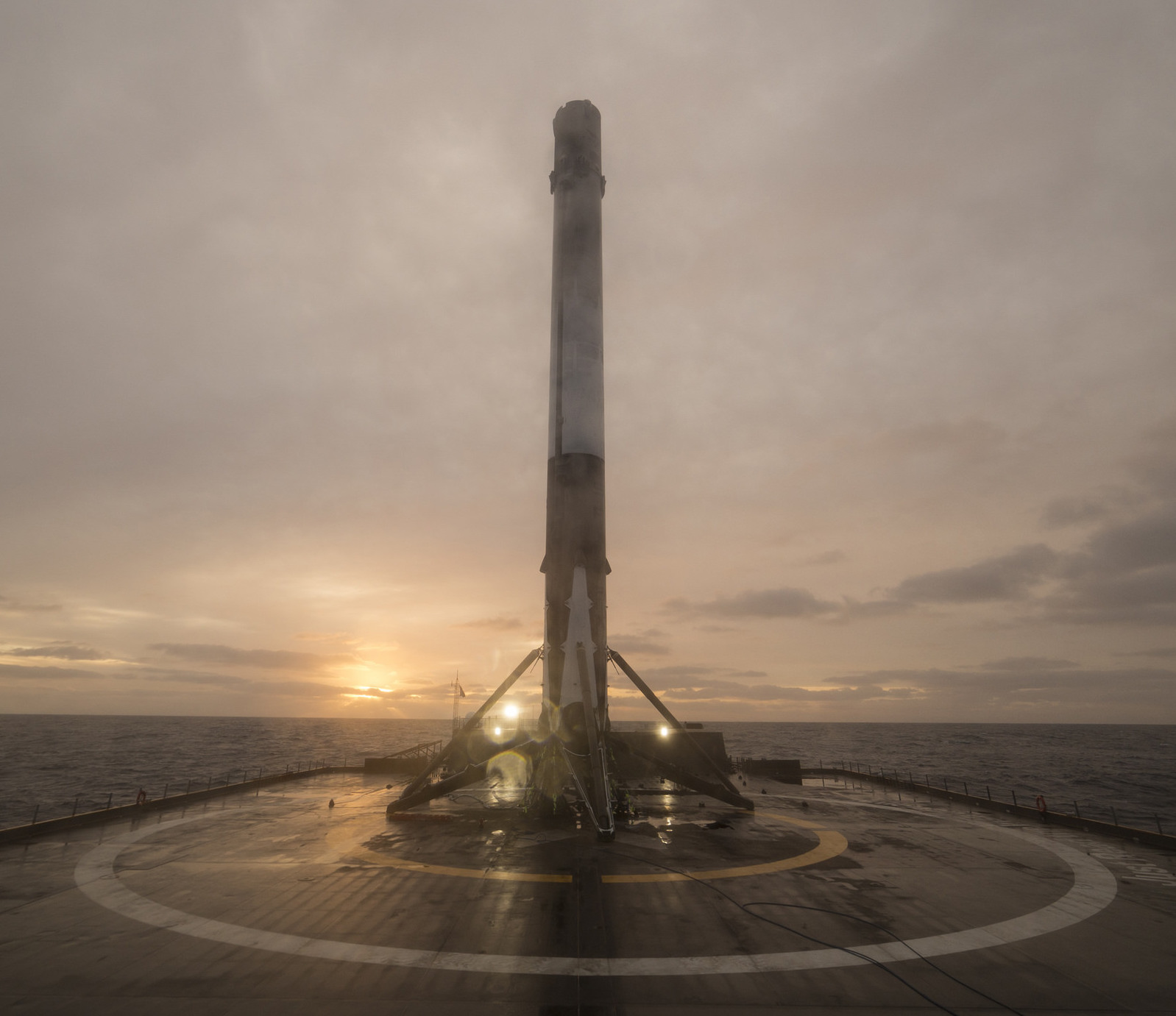

News
How SpaceX is able to achieve its amazing rocket landing accuracy
After SpaceX’s successful and uniquely exciting launch of Taiwan’s Formosat-5 remote sensing satellite, Elon Musk took to Twitter to reveal some fascinating details about the launch and recovery of the Falcon 9 first stage.
Unabashedly technical, the details Musk revealed demonstrate the truly incredible accuracy of Falcon 9’s recovery, honed over 20 landing attempts and numerous modifications to the launch vehicle. The accuracy is best understood within the context of Falcon 9’s scale and the general scope of orbital rocketry.
Touchdown:
Vertical Velocity (m/s): -1.47
Lateral Velocity (m/s): -0.15
Tilt (deg): 0.40
Lateral position: 0.7m from target center— Elon Musk (@elonmusk) August 25, 2017
The first stage of Falcon 9 Full Thrust, currently the active version of Falcon 9, stands 140 feet tall and 12 feet in diameter. If you can, for a moment, picture a 737 airliner, the plane most people have likely flown aboard on domestic flights. The first stage of Falcon 9 is the same length or greater and the same diameter as Boeing’s workhorse airliner. If you are now imagining a 737 landing on its tail aboard an ocean-going barge, that is a great start. The most common version of the 737, the -800, has an empty weight of 91,000 lb, while Falcon 9’s empty first stage is a bit more than half as heavy. With a full load of fuel, Falcon 9 S1 (first stage) weighs nearly three times as much as the 737-800. A single Merlin 1D engine out of Falcon 9’s namesake nine rocket engines has nearly ten times the thrust of the airliner. In short, Falcon 9’s first stage is massive, both extremely light and extremely heavy, and has a mind-boggling amount of thrust.
Falcon 9’s ability to land as accurately as it does is due to a combination of multiple technologies and vehicle modifications. Most visible are S1’s cold gas maneuvering thrusters and aluminum or titanium grid fins, both of which are designed to provide some level of control authority and maneuverability to the first stage during its trip within and without Earth’s atmosphere. At the peak of its trips, the first stage is often completely outside of the vast majority of the atmosphere, meaning that aerodynamic forces are no longer relevant or useful for the vehicle. This is where the cold gas thrusters come in: by carrying their reaction mass with them (the gas), Falcon 9 can maneuver outside of the atmosphere. Once the stage descends into thicker atmospheric conditions, the grid fins deploy and are used like wings to guide the stage down to its landing location, be that on land or at sea. While the gas thrusters lose a lot of their utility once in the atmosphere, they can still be used to add a small amount of control authority when needed. They were famously seen fighting a futile battle to save a first stage aboard OCISLY in 2015.
With this in mind, we can take a closer look at Musk’s technical details. First off, we have a photo of the landed booster, Falcon 9 1038, clearly almost dead center on the droneship Just Read The Instructions. More specifically, Musk reports that 1038 landed less than a single meter off the center of the target, and it landed with less than a single meter per second of latent velocity. The first stage thus managed both a soft and deadly accurate landing after traveling to a height of 150 miles – well into what is technically “space” – at a maximum speed of 1.5 miles per second. Without delving further into the details, this is best summarized as “insanely fast”, and is a bit faster than the X-15 rocketplane’s fastest recorded speed. To better put this into context, Falcon 9 1038 traveled to an altitude of 240,000 meters at a top speed of 2,400 meters per second, turned around, and landed on an autonomous barge about two feet off of its optimal target. It is truly difficult to describe how impressive that kind of accuracy is.
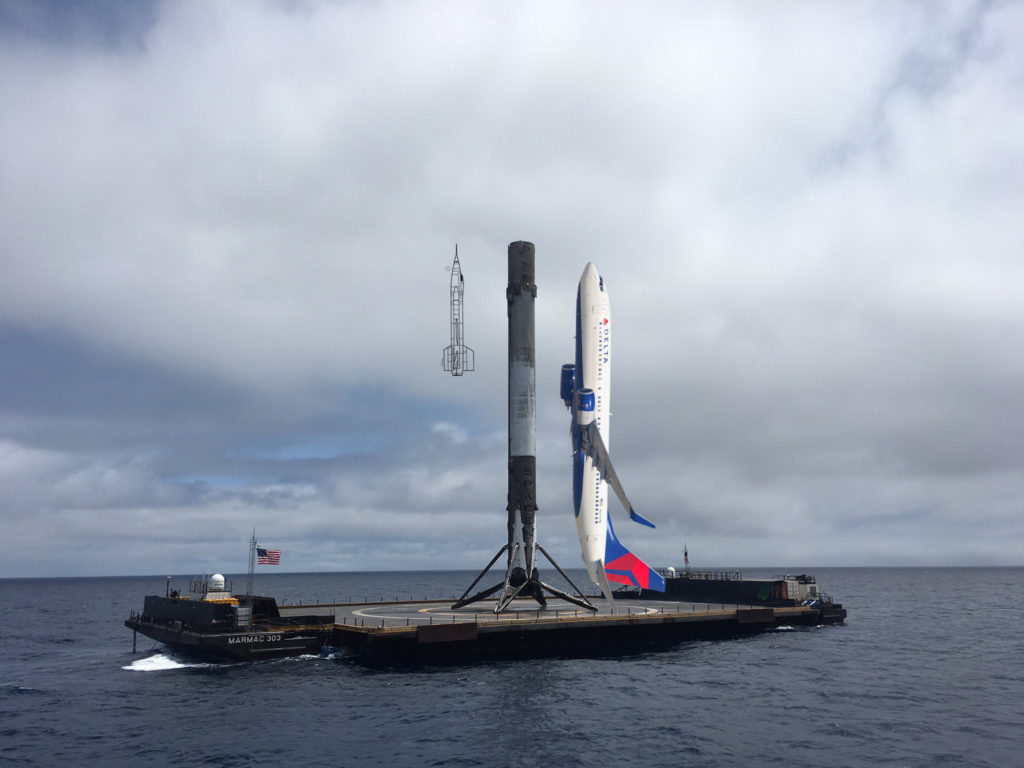
The hypersonic X-15 and Falcon 9 S1, with a 737-800 on the right. All vehicles are to scale. (Wikipedia, SpaceX)
Mr. Musk nevertheless did not let 1038 steal all the fanfare, and revealed that the first stage responsible for launching BulgariaSat-1, 1029, had the honor of being the fastest first stage yet, clocking in at at a truly staggering Mach 7.9, or 2,700 meters per second. That speedy mission marked the stage’s second flight and was SpaceX’s second successful reuse of a Falcon 9. Indicative of the intense speed and heat the core experienced, one of the vehicle’s grid fins was noted to have almost completely melted through. Aluminum’s melting point begins at 1,221°F.
- The central aluminum grid fin of 1029 features a dramatic lack of several vanes, likely melted off during the intense heat of reentry. Expending older boosters is likely helping SpaceX learn how to preserve Block 5 rockets for multiple high-energy missions. (Reddit, u/thedubya22)
- SpaceX will move to titanium grid fins in the future, first trialed during 1036’s launch of Iridium-2. (SpaceX)
Elon Musk
Tesla bull, ARK head Cathie Wood says brand damage is not long-term
Cathie Wood of ARK Invest does not believe Tesla brand damage is a long-term problem.
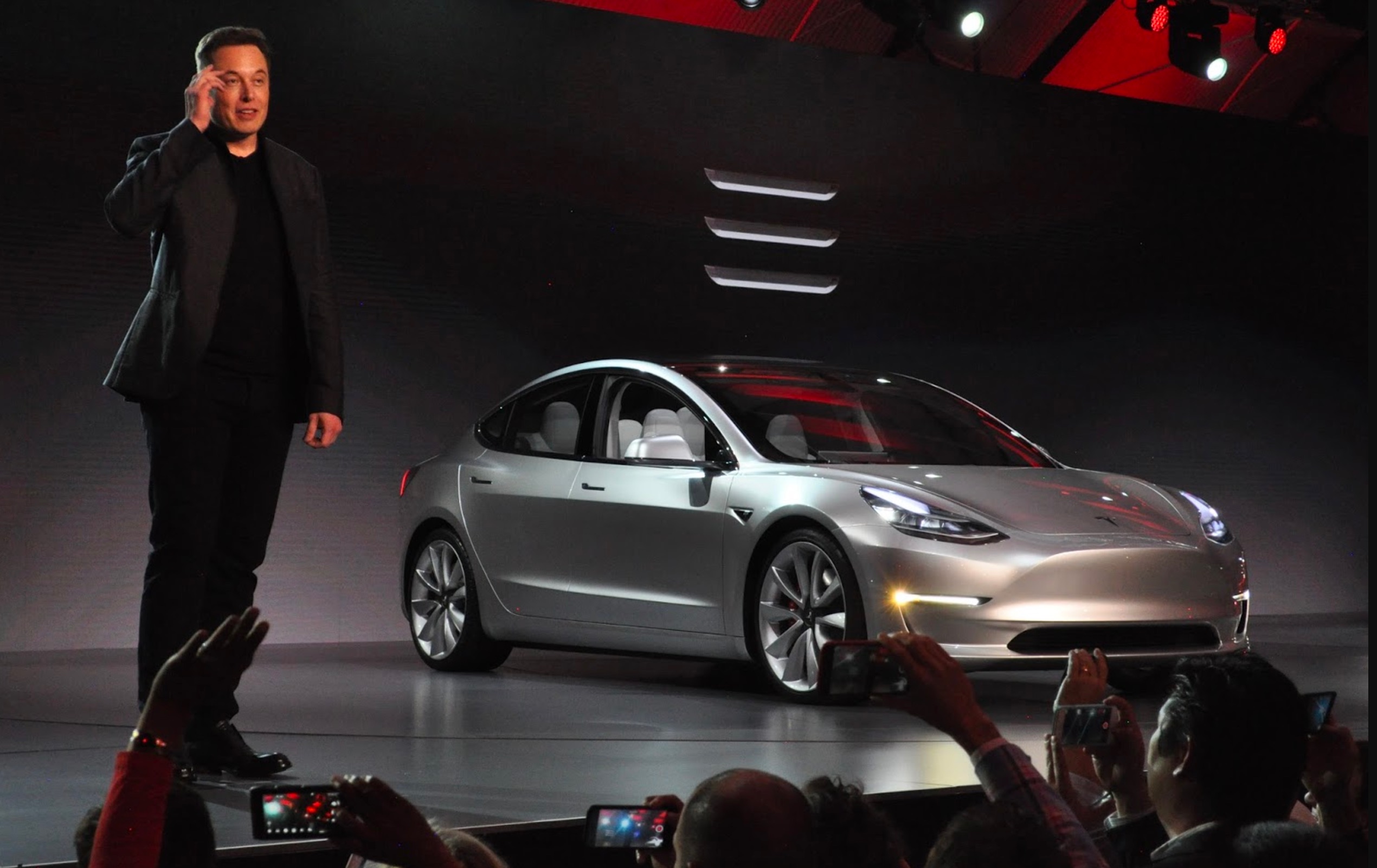
Tesla bull and head of ARK Invest, Cathie Wood, admitted during an interview with Bloomberg that she does believe the company has experienced some brand damage due to CEO Elon Musk’s political involvement. However, she does not believe it is a long-term issue.
Over the past eight months, Musk’s involvement in the U.S. political landscape has swayed some to stop supporting Tesla, others to ditch their cars, and some to boycott the brand altogether. Inversely, others have started supporting Musk, Tesla, and its products as a nod of support for what he’s done for government efficiency.
The perspective on how Musk’s involvement has impacted Tesla truly varies. Its impact has been noticeable, especially in Europe, as some countries have seen some pretty drastic declines in deliveries since the start of the year.
However, some of this can be attributed to the company’s switchover to new production lines for the updated Model Y. Some can also be blamed on economic issues, as the cost of living is still relatively high. There is no denying that at least some of the impact has come from those who simply disagree with Musk and are choosing not to buy his companies’ products.
Wood is among Tesla’s most outspoken bulls and has tremendously high expectations for the stock moving into the late 2020s and into the 2030s. In a recent interview, she highlighted the brand’s exceptional potential moving forward, but did address some of the short-term concerns, especially regarding Tesla’s perception amongst the public:
“I think he feels he has a duty to the country to make sure we don’t ‘blow ourselves up’ with these deficits. Brand damage? Yes. I do not believe [it is long-term]. Tesla, we believe, will have a lock on the Robotaxi business in the U.S., and we believe they are going to proliferate through the United States, especially if we remove regulation from a state level to a federal level, which we believe will happen.”
🚨 ARK’s Cathie Wood: “Tesla Brand Damage Has Happened”@CathieDWood breaks down what Elon Musk’s moves mean for $TSLA — from tech updates to falling sales in Europe!
She’s still bullish on US Robotaxis but warns that rules in Europe and China could make things tricky. Big… pic.twitter.com/YzNnc8dUhi
— Herbert Ong (@herbertong) May 19, 2025
Musk announced during the company’s most recent Earnings Call that he would step back from his government duties and return to Tesla in a more consistent role, as his work with the Department of Government Efficiency (DOGE) seemed to be winding down to a certain extent.
Tesla CEO Elon Musk confirms time spent with DOGE will drop ‘significantly’
It was a big win for Tesla investors, as many were interested in Musk returning his focus to the automaker, especially as 2025 is expected to be a year of many catalysts between the Robotaxi launch, affordable models coming into play, production of the Semi starting at the tail-end of the year, and the Optimus robot continuing consistent development.
Wood was quick to point out that Tesla is not the only car company that was suffering with lagging sales, as a macro-level perspective on the automotive industry proves that many automakers are looking for ways to avert disaster due to the ongoing tariff war.
Tesla is still the highest-valued automaker in the world, and it has plenty of bullish points to look forward to as the year nears the halfway point.
News
Tesla offers interesting promo to future ride-hailing rival’s drivers
Lyft drivers will get $1,000 in vehicle credits if they complete 100 rides by the cutoff date for the promo.
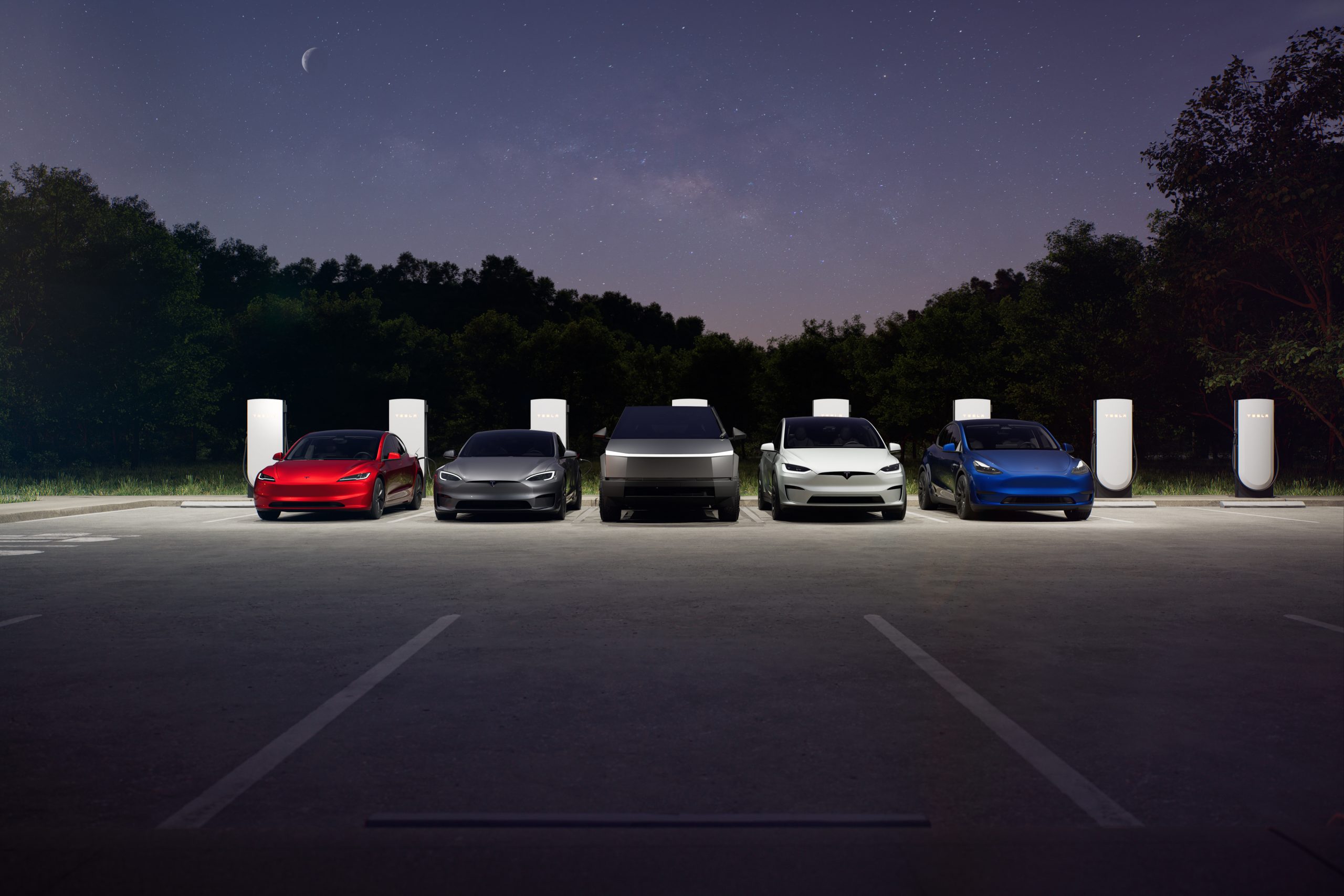
Tesla has offered an interesting promotion for its vehicles to the drivers of one of its future ride-hailing rivals as it continues to work toward the launch of its autonomous Robotaxi platform.
This morning, Tesla launched a $1,000 off promotion to Lyft drivers who plan to utilize one of the company’s EVs for ride-hailing purposes. The promo applies to all five Tesla models: the Model S, Model 3, Model X, Model Y, and Cybertruck.
It is not offered at the point of sale. Instead, to ensure the vehicle is properly utilized for ride-hailing purposes and to prove the discount, Tesla will offer $1,000 in vehicle credits to the Lyft driver after they complete 100 trips on or before July 13, 2025. Delivery must be taken by June 30.
🚨 Tesla is offering $1,000 off for those who purchase a vehicle for Lyft purposes! https://t.co/ND9sKiykMW pic.twitter.com/AP8tSP1cbN
— TESLARATI (@Teslarati) May 16, 2025
It is an interesting move by Tesla because Lyft, along with Uber, will become a rival in the coming years as the companies continue to develop driverless ride-hailing platforms of their own. Lyft has partnered with May Mobility and Mobileye to develop driverless, fully autonomous vehicles purpose-built for ride-hailing.
Tesla plans to launch its Robotaxi platform next month in Austin, Texas.
Meanwhile, Lyft’s plans are more down the road. Earlier this year, the company said it would launch autonomous rides sometime next year.
For now, the move seems to be just another way Tesla is incentivizing consumers to buy one of their vehicles. Earlier this week, it also launched another $1,000 off promo for teachers, students, retirees, active-duty members, their spouses, and surviving spouses.
Previously, Tesla only offered that discount to military members.
It is unclear why Tesla would be offering these discounts, but it could be more of a thank you or an act of recognition, more than anything. If it were a measure that was taken to increase demand, it would be substantially more of a discount. For example, when Tesla was trying to rid its inventory of legacy Model Y units as the new, updated vehicle was set to be released, discounts were over $5,000.
News
Tesla Giga Berlin seems to be using FSD Unsupervised to move Model Y units
Tesla may be doing something quite special in the Giga Berlin-Brandenburg complex.
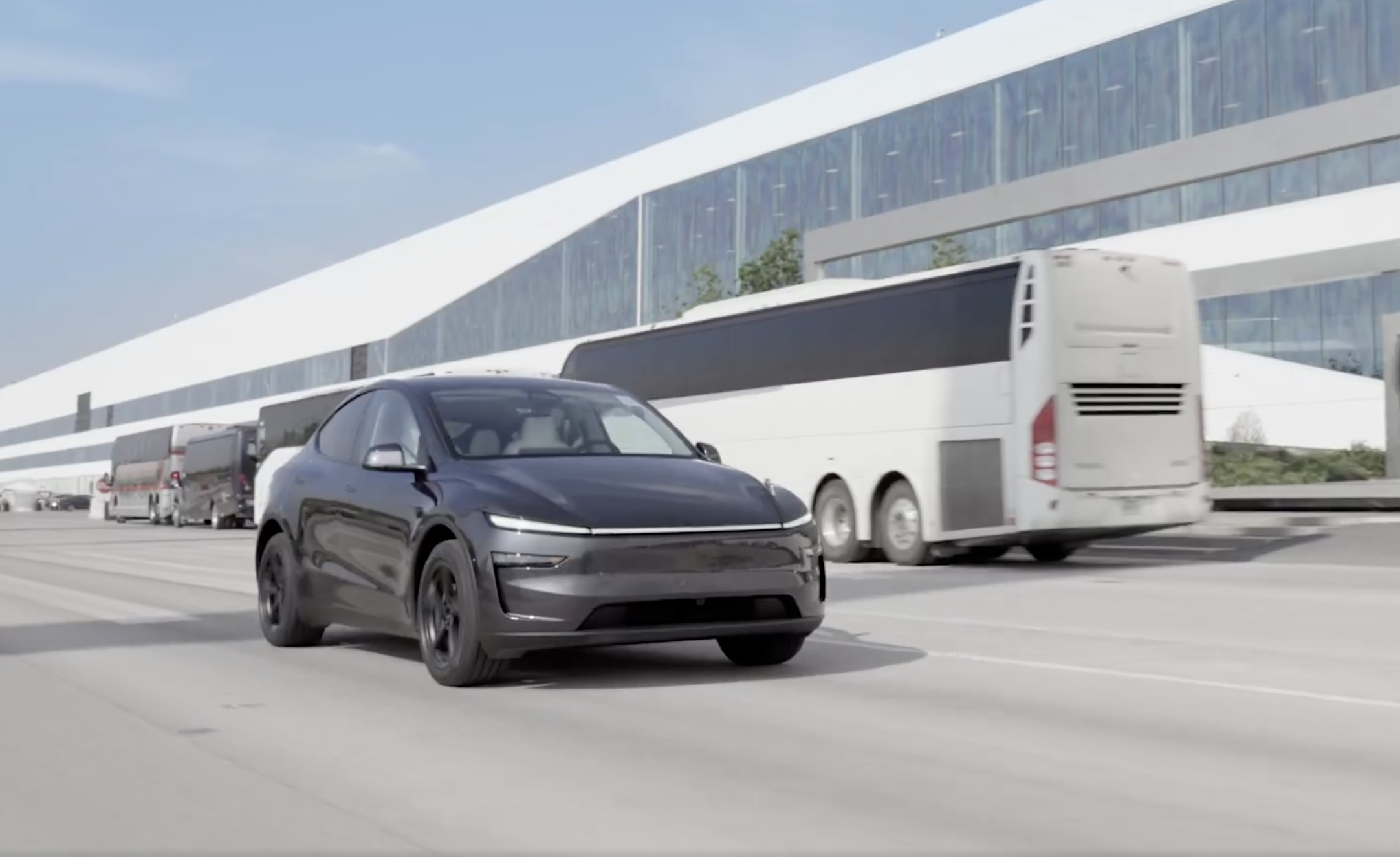
Tesla may be doing something quite special in the Giga Berlin-Brandenburg complex. Based on observations from a recent drone flyover of the site, it appears that Tesla may also be using FSD Unsupervised to move freshly produced Model Y vehicles to the factory’s staging area.
New Drone Footage
Recent footage of the Giga Berlin complex from longtime Tesla watcher Tobias Lindh included several interesting updates around the Model Y factory. These include a new warehouse that is currently being built, as well as a tunnel is currently being constructed. More interestingly, the drone operator observed that some cars now seem to be moving to Giga Berlin’s distribution area without human drivers.
If the drone operator’s observations prove accurate, it would be quite an impressive accomplishment for Tesla. FSD Unsupervised, after all, has only been confirmed in vehicles that are produced at the Fremont Factory and Gigafactory Texas.
Potential Next Steps
If Giga Berlin is now using FSD Unsupervised to transport some Model Y units from the factory building to the site’s staging area, it might only be a matter of time before Tesla also implements a similar system for Gigafactory Shanghai. The Shanghai-based Tesla plant, after all, is the company’s largest factory by volume, and it also serves as a primary vehicle export hub. FSD Unsupervised could then pave the way for Giga Shanghai to operate in an even more optimal manner.
FSD Unsupervised is the cornerstone of Tesla’s robotaxi business, which is expected to start rolling out in Austin, Texas, next month. Previous reports have suggested that Tesla is pushing hard in its preparations to roll out its robotaxi service this June. Tesla has reportedly even worked and trained with Austin’s first responders from the fire and police departments as part of its robotaxi service preparations.
Check out a recent flyover of the Tesla Giga Berlin complex in the video below.
-
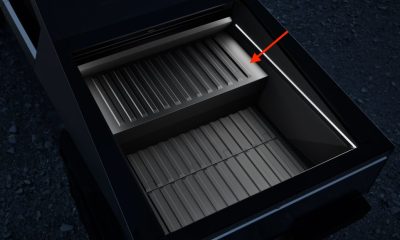
 News2 weeks ago
News2 weeks agoTesla Cybertruck Range Extender gets canceled
-
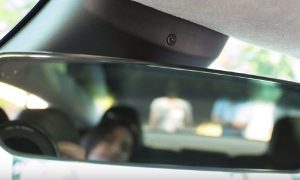
 Elon Musk4 days ago
Elon Musk4 days agoTesla seems to have fixed one of Full Self-Driving’s most annoying features
-
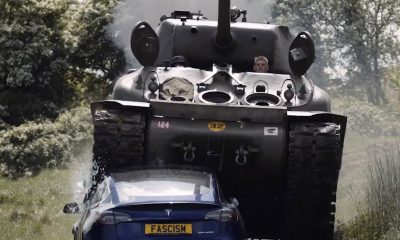
 Lifestyle2 weeks ago
Lifestyle2 weeks agoAnti-Elon Musk group crushes Tesla Model 3 with Sherman tank–with unexpected results
-
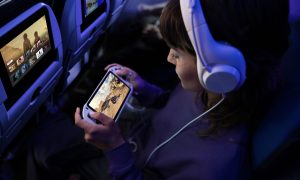
 News1 week ago
News1 week agoStarlink to launch on United Airlines planes by May 15
-

 News1 week ago
News1 week agoTesla Semi gets new adoptee in latest sighting
-
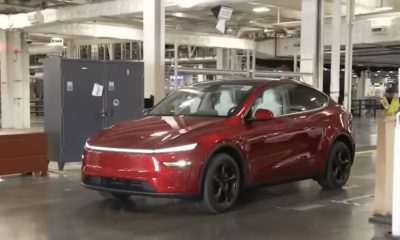
 News2 weeks ago
News2 weeks agoTesla FSD Unsupervised finally gets some media recognition
-

 News2 weeks ago
News2 weeks agoTesla releases paid performance upgrade for new Model Y
-

 News2 weeks ago
News2 weeks agoTesla launches its most inexpensive trim of new Model Y

